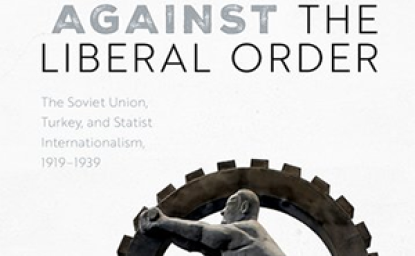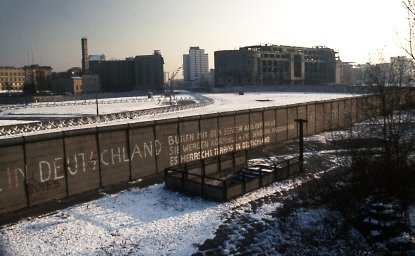On 12 June, 2018, after months of trading threats and fiery rhetoric, US President Donald Trump and Kim Jong Un of North Korea backed off from the precipice of war and held a historic summit in Singapore, the first high-level meeting between the leaders of the Korean War foes. In a show of camaraderie, they shook hands and issued a sparse joint statement in which they agreed to work toward the “complete denuclearization of the Korean Peninsula” and toward building “a lasting and stable peace regime.”
While scrutiny in the United States has centered on whether North Korea truly will denuclearize, it is the important to remember that the long-unresolved Korean War serves as the backdrop of tensions between the United States and North Korea.
Sixty-five years ago this week, on 27 July, 1953, the foes called a truce by signing an Armistice Agreement that brought three years of brutal fighting, which had left millions dead, to an end.
The cease-fire, meant to be temporary, has never been replaced by a peace treaty. As a legacy of the war, the United States maintains more than 28,000 troops in South Korea to protect the wartime ally against aggression — a presence that North Korea views as “occupation” and which Pyongyang cites as justification for its buildup of nuclear weapons.
As talks continue between the United States and North Korea on a peace regime to replace the armistice of 1953, a look back at history and the negotiations that resulted in a ceasefire warrant renewed attention.
Declassified documents from Russia, China, Poland, the United States and South Korea, collected by the Wilson Center’s North Korea International Documentation Project, shed light on North Korean, Soviet and Chinese strategic thinking toward the conflict and the armistice. They also reveal differences between North Korea and China in negotiating strategies and military tactics, and South Korean reluctance to agree to an armistice. (In fact, South Korea is not a signatory to the Armistice Agreement, which was signed by North Korea and China on one side, and the United States and the United Nations on the other.)
Highlights include:
- A ciphered telegram, dated 7 December, 1950, from a Soviet official in Beijing conveying a message from China’s Zhou Enlai informing the Soviet leadership of the terms under which China would consider an armistice on the Korean Peninsula.
- A ciphered telegram, dated 30 June, 1951, from Stalin to Mao Zedong of China with advice on how to reply to a US request for armistice negotiations.
- A ciphered telegram, dated 29 March, 1953, from Soviet diplomats following a meeting with North Korean President Kim Il Sung in which they report Kim’s agreement to bring the war to an end through negotiations if not military means.
- A 6 June, 1953, statement by South Korean President Syngman Rhee strongly opposing peace talks between the United Nations, North Korea’s Korean People’s Army and China’s People’s Volunteer Army.
- A confidential US government memo, dated 3 August, 1953, outlining South Korean President Syngman Rhee’s disapproval of a truce and US bargaining to entice Rhee to agree to the armistice.
Click here to be redirected to the Digital Archive to view dozens of documents on the Korean War Armistice.
Follow us on Twitter @NKIDP @CWIHP @Korea_Center.
Minjeong Ko and Sally Chung contributed research to this post.








